Linh Son Buu Thien Pagoda (Thi Vai Mountain Pagoda) – A stunning Japanese-style temple in Vung Tau
Linh Son Buu Thien Pagoda, a Japanese-style temple like no other, is drawing crowds of tourists and Buddhist pilgrims alike. Let’s dive into what makes this temple so unique with Vietnampeace.com.
1. Overview of Linh Son Buu Thien Pagoda
Perched atop Thi Vai Mountain, also known as Thi Vai Mountain Pagoda, Temple Ancestral, or Upper Temple, Linh Son Buu Thien Pagoda sits in Phu My commune, Tan Thanh district, approximately 34km from downtown Vung Tau and 65km from Ho Chi Minh City. It’s one of the ancient temples belonging to the Northern School with unique architecture dating back over 200 years in Ba Ria-Vung Tau province.
Legend has it that Lady Le Thi Nu, also known as Nun Dieu Thien, after saving King Gia Long, was honored by the king as Linh Son’s Holy Mother. He granted her the site where she meditated, which became Linh Son Buu Thien Pagoda, as a gesture of gratitude.
Despite facing destruction in 1966, the pagoda was completely renovated in 1990 by Venerable Thich Tri Quang. The renovation combined Vietnamese and Japanese cultures, receiving approval from the Vietnamese Buddhist Church.
Situated atop a high mountain, surrounded by pristine forests, the pagoda boasts a serene atmosphere. Annually, Linh Son Buu Thien Pagoda hosts traditional ceremonies according to the lunar calendar, such as the scripture initiation ceremony on the 4th day of Tet, the ancestors’ commemoration on the 5th of March, and the Vu Lan festival on the 20th of July, along with various other Buddhist festivals following the Vietnamese Buddhist Church’s calendar.
2. How to get to Linh Son Buu Thien Pagoda
Given its proximity to Ho Chi Minh City, visitors can reach Linh Son Buu Thien Pagoda by car or motorbike. For those coming from distant provinces, trains, planes, or coaches are available to get to the base of Thi Vai Mountain.
From Ho Chi Minh City, two routes can be taken to Vung Tau and then to Thi Vai Mountain:
Route 1:
If traveling by motorbike: Depart from Dien Bien Phu Street, Ward 21, Binh Thanh District, follow National Highway 52 (Hanoi Highway) to Vung Tau intersection, then turn right onto National Highway 51. Continue until reaching Co.opmart Tan Thanh supermarket, then turn left onto Truong Chinh Street, Phu My. Afterward, proceed 4km further to reach Thi Vai Mountain.
If traveling by coach: Take National Highway 51 towards Vung Tau, reach Phu My town, then turn onto National Highway 81. After about 6km of asphalt road and 2km of rough road, you’ll arrive at Thi Vai Mountain. Coach fares range from 90,000 to 120,000 VND per person.
Route 2:
From downtown Ho Chi Minh City, head towards Cat Lai Ferry (if taking this route, you’ll need to cross via ferry), then follow Ly Thai To – Tran Van Tra – Quach Thi Trang streets before turning onto Ton Duc Thang Street. After passing through Nhon Trach Industrial Park, turn right onto National Highway 51. From here, follow the same route as described above.
The road to the mountain is mainly gravel, so drive cautiously. You can park your vehicle at local residences at the foot of the hill and begin your journey on foot, climbing 1,340 steps to reach Linh Son Buu Thien Pagoda.
3. Exploring Linh Son Buu Thien Pagoda
3.1 Serene Scenery Along the Mountain Path to Linh Son Buu Thien Pagoda
To reach Linh Son Buu Thien Pagoda, one must ascend 1,340 steps from the mountain’s base to this unique Japanese-style temple. However, the mountain top isn’t excessively high compared to sea level, so the ascent isn’t too steep, making it quite manageable. As you step onto the final stairway and gaze upon the expansive mountain peak, with the temple gate looming ahead, you’ll naturally feel like you’ve conquered a new world.
For those seeking refuge from the hustle and bustle of urban life, Linh Son Buu Thien Pagoda is the perfect destination because:
Along the path to the mountaintop, you’ll pass by Liên Trì Pagoda and Hồng Phúc Pagoda, witnessing mischievous monkeys swinging from tree to tree. Further along, you’ll find delight and relaxation as you hear the gentle rustling of leaves and the soothing sound of flowing water, welcoming visitors at Bạch Vân Cave. After a few more steps, you’ll arrive at Linh Son Buu Thien Pagoda, the ancestral temple of Thi Vai Mountain.
3.2 “Lost” in the Beauty of Linh Son Buu Thien Pagoda:
Upon setting foot on the mountain peak, the initial emotion for many visitors is a sense of relief after overcoming over 1,000 challenging steps. Accompanying this relief is the refreshing atmosphere, with gentle, cool breezes wafting through, rejuvenating weary travelers and preparing them for their visit to Linh Son Buu Thien Pagoda.
Ascending the tall and prominent temple gate, visitors will be treated to the magnificent sight of Linh Son Buu Thien Pagoda, exuding a captivating beauty with distinctly Japanese architecture. The Buddha statue and interior decorations are solemnly and serenely arranged inside the main hall. It’s an ideal place for Buddhist pilgrims to pay their respects or for anyone to release life’s worries and stresses.
Linh Son Buu Thien Pagoda is known for its Diamond Path statues, with the Bodhisattva Avalokitesvara standing majestically between heaven and earth and a beautifully sculpted dragon at its base. Besides the mountain scenery and intricately carved Buddha statues, visitors can also explore famous landmarks such as Mr. Hổ Well, Fairy Well, the Buddhist Gate, and the Wind Cave.
4. What should you prepare when visiting Linh Son Buu Thien Pagoda?
Since Linh Son Buu Thien Pagoda is a solemn place located high on a mountain, visitors should take note of the following:
- Dress modestly and comfortably, as the ascent to the temple can be tiring.
- Wear comfortable shoes for easy mountain climbing.
- If staying overnight at the temple, maintain cleanliness and avoid making noise.
- Visitors can experience camping on Thi Vai Mountain and visiting Linh Son Buu Thien Pagoda. If you intend to do so, ensure you have the necessary camping gear and maintain the temple’s tranquility.
5. Where to Stay to Combine Visiting Linh Son Buu Thien Pagoda?
If you choose Linh Son Buu Thien Pagoda as your tourist destination, MIA.vn recommends the following accommodations:
- Nemo Hotel: 1 Nguyen Van Linh, Phu My Town, Tan Thanh District, Phu My, Tan Thanh, Ba Ria – Vung Tau. Room rates: $60/night.
- HankFrank Condo: Phu My Town, Tan Thanh, Ba Ria – Vung Tau. Room rates: $17/night.
- Sao Mai Resort: Km 47 National Highway 51, Tan Phuoc Commune, Tan Thanh District, Tan Phuoc, Tan Thanh, Ba Ria – Vung Tau. Room rates: $29/night.
- Viet House Hotel: National Highway 51, Tan Phuoc, Tan Thanh, Ba Ria – Vung Tau. Room rates: $14/night.
- Hoang Minh Chau Hotel: Phuoc Binh, Long Thanh, Dong Nai. Room rates: $11/night.
Linh Son Buu Thien Pagoda is a sacred tourist destination not to be missed when visiting Vung Tau. Standing 750m above sea level, it’s likened to a serene home for Zen masters, where one can shed life’s worries. Besides, the mountain and temple landscapes resemble a celestial paradise. Come and experience the marvelous beauty of Vietnamese nature here!
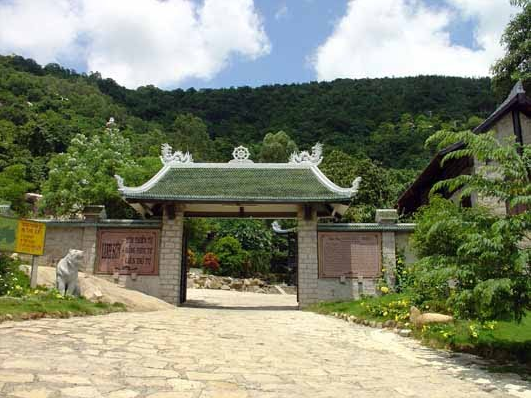
Linh Son Buu Meditation Gate – Vung Tau tourist destination (Photo Collection)
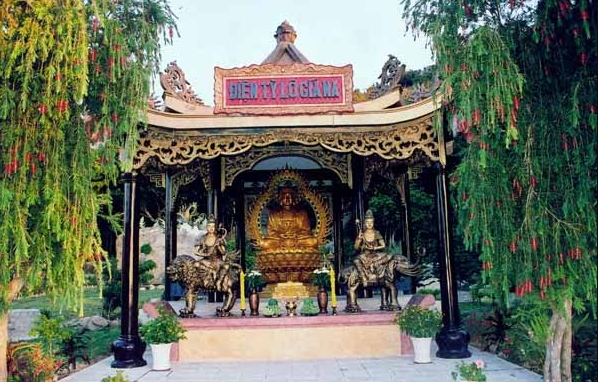
Pi Lo Gia Na Temple (Photo Collection)
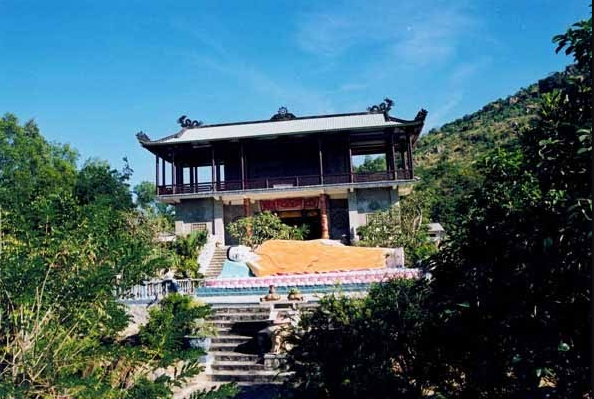
Photos of Thuong Pagoda (Linh Son Buu Meditation) (Photo Collection)
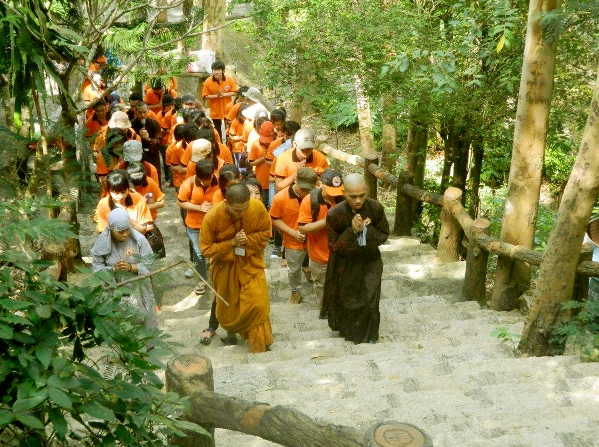
Images of pilgrims traveling to Linh Son Buu Meditation (Photo Collection)
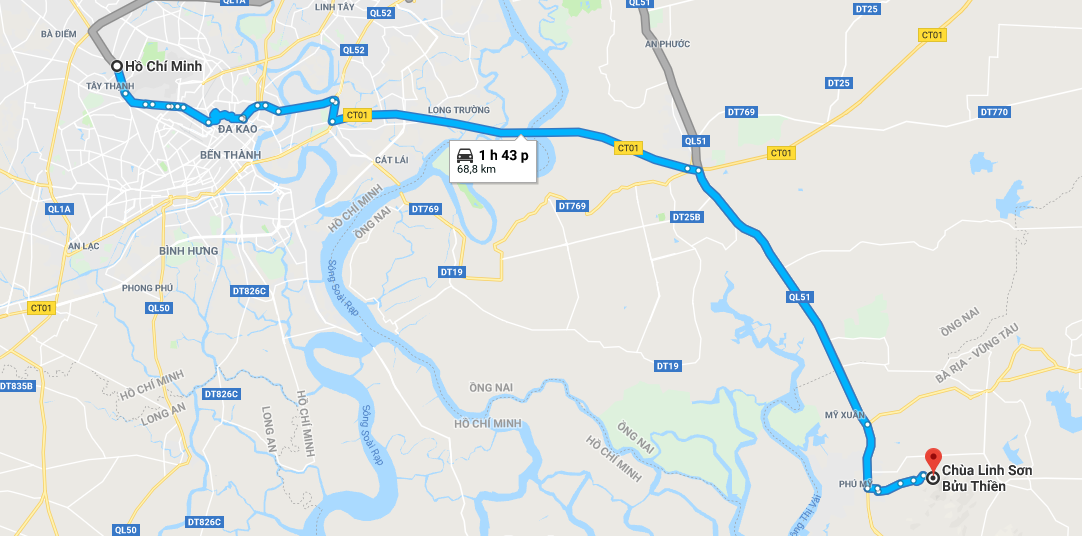
Map of the road to Linh Son Buu Thien Pagoda (Photo Collection)
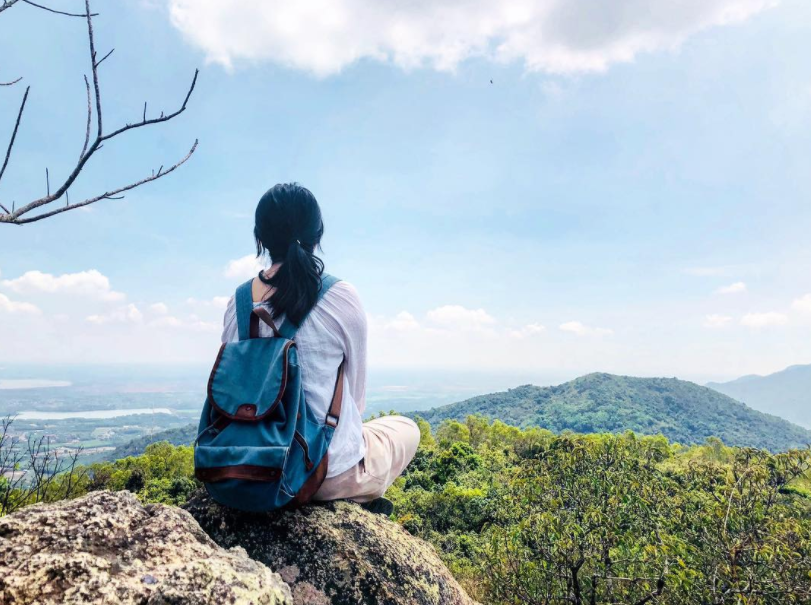
Check-in on Thi Vai Mountain (Photo Collection)
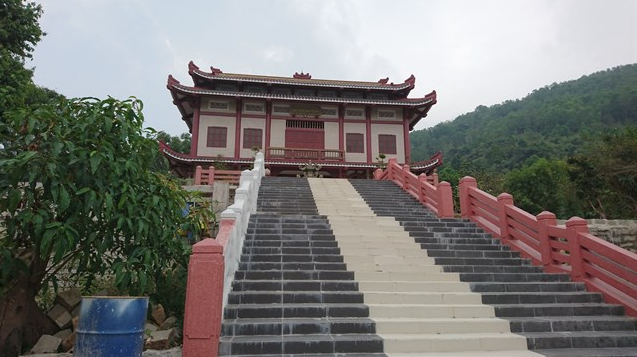
Visiting Linh Son Buu Zen Pagoda (Photo Collection)
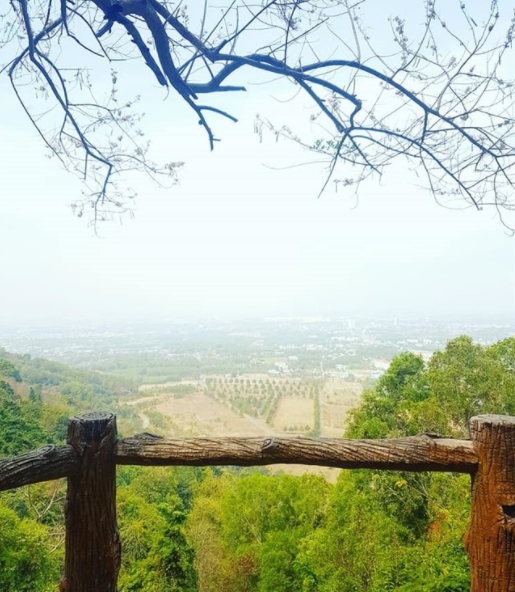
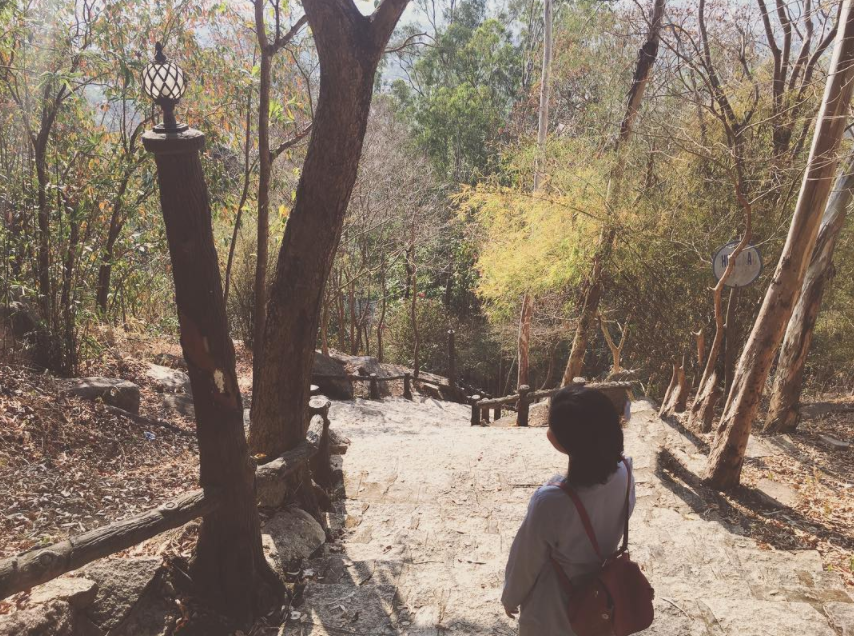
The road to Linh Son Buu Pagoda in Thien Tu (Photo Collection)

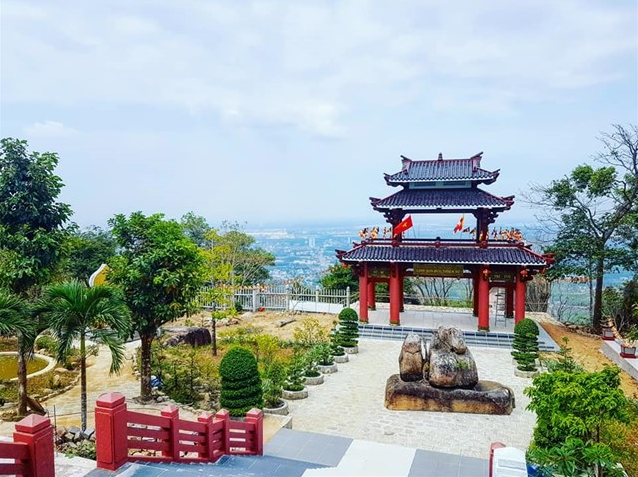
Contemplation of Linh Son Buu Thien Tu Pagoda (Photo Collection)
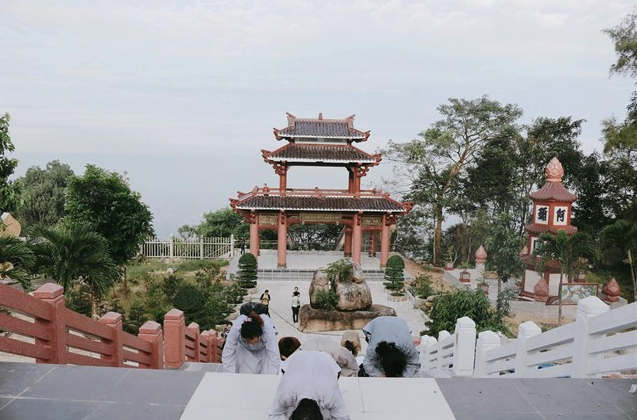
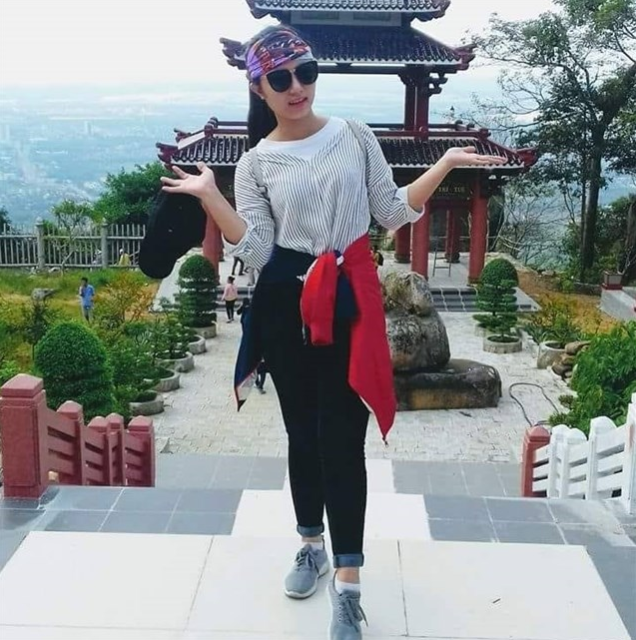
Many young people come to Linh Son Buu Thien Pagoda (Picture Collection)
